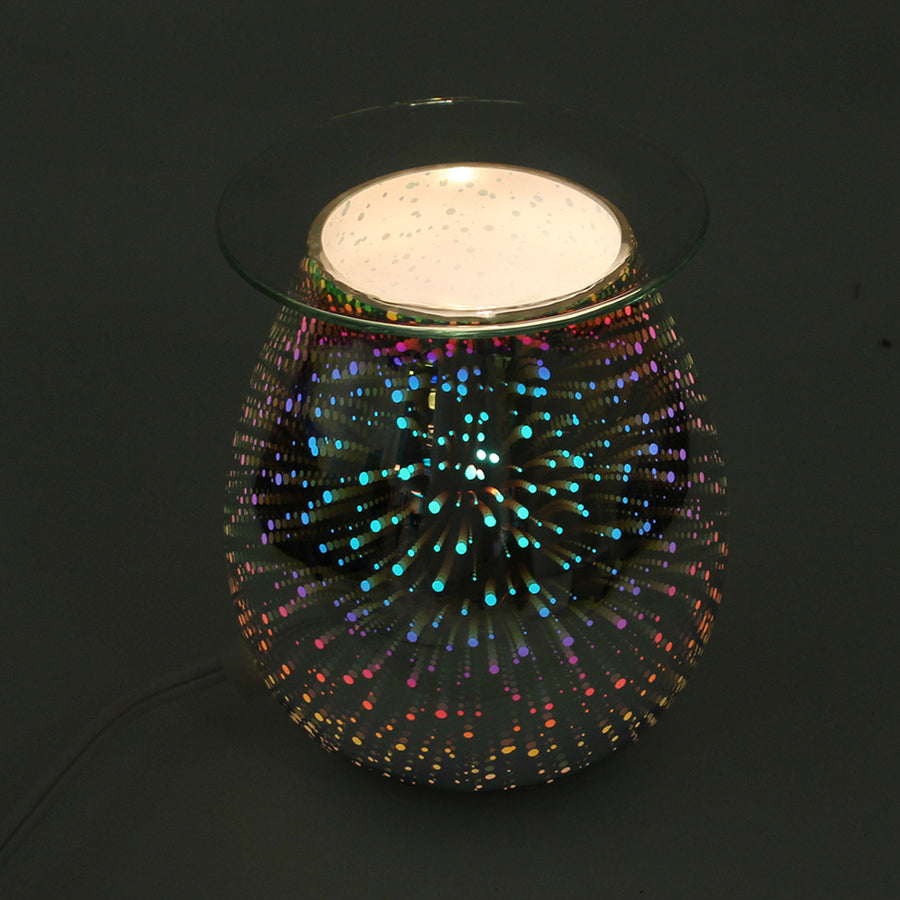What’s Really Going On Under Your Wig? How to Protect the Hair You’re Hiding

Here's the truth about wig wearing: while you're switching up your look effortlessly, your natural hair underneath still needs consistent care. Improper care or constant tension from poorly fitted wigs can lead to issues like breakage or traction alopecia, and many wig wearers discover damage only after it's already done.
The good news? When you maintain proper care routines, wigs can actually support your hair growth goals by protecting your natural hair from daily manipulation. Here's how to keep your real crown thriving while you serve looks.
Give Your Scalp Room to Breathe Wigs impede the natural functioning of sweat glands, and when sweat accumulates beneath the wig, it can react with hair keratin, causing damage. Your scalp needs regular breaks to function properly and maintain healthy circulation.
- Tip: Take off your wig at night or on your non-wig-wearing days to allow your scalp to breathe and your hair to rejuvenate. Plan wig-free days weekly—your scalp health is worth the scheduling effort.
Keep Your Scalp Clean and Clear The most important thing is to keep the scalp clean to prevent the buildup of oil and debris, which can block the hair follicles and interfere with normal growth. Neglecting scalp hygiene while wearing wigs creates the perfect environment for buildup and irritation.
- Tip: Wash your scalp and hairline weekly with a gentle cleanser or scalp-specific shampoo. Focus on massaging your scalp to stimulate circulation—this isn't just about cleanliness, it's about promoting healthy growth.
Moisturize Your Hair Underneath Just because your hair is braided down doesn't mean it stops needing moisture. Dry hair under wigs becomes brittle and prone to breakage when you finally take your protective style down.
- Tip: Use tea tree oil, jojoba oil, or aloe-based sprays to hydrate without buildup. Apply to your braids 2-3 times weekly, focusing on your ends and any areas that feel dry or tight.
Ensure Proper Wig Fit The tightness of the wig cap can cause scalp irritation, redness, itching, and even dandruff. A wig that's too tight doesn't just cause discomfort—it can lead to traction alopecia around your hairline.
- Tip: Have your head measured by a professional who specializes in styling different types of wig products. Your wig should feel secure without causing tension or pain. If you experience headaches or soreness, your wig is too tight.
Your Natural Hair Health is Non-Negotiable
Wigs are an incredible tool for versatility and hair protection, but they work best when your natural hair care routine stays consistent underneath. The goal isn't to hide your hair and forget it—it's to create optimal conditions for growth while you explore different looks.
When you approach wig wearing with intention and maintain your underlying hair health, you get the best of both worlds: endless styling options and thriving natural hair that's ready to shine when you choose to wear it out.
What's your biggest challenge with caring for your natural hair under wigs? Share your experience in the comments.


Leave a comment